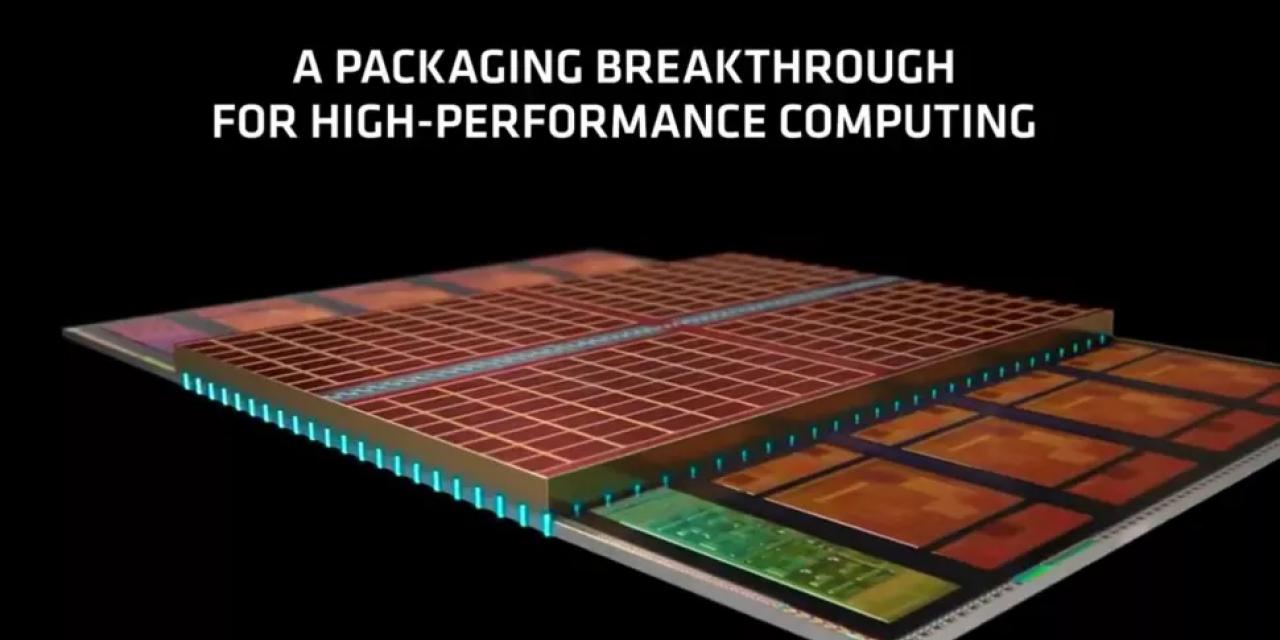
AMD has already announced that it will use its new 3D Vcache technology to refresh its Zen 3 CPUs in early 2022, bringing a much-needed uplift to their performance (especially in games) now that Intel's Alder Lake processors have retaken the top spots in a number of applications and benchmarks. However, those refreshed CPUs might not be the only place that the technology might be applied. There's now some suggestion that they could also be applied to AMD's GPUs in a similar manner.
3D VCache is AMD's method of vertically layering L3 cache on its CPUs and providing more immediate low level memory access, reducing the amount of time spent accessing much slower system memory. The result, AMD claims, is a dramatic increase in gaming performance by around 15% on average. That was in early test samples too, so when the Zen 3 refresh 3D VCache CPUs launch early next year, that improvement may be even more dramatic.
But AMD has now filed a patent for its 3D VCache technology that also includes other use cases for it. The most prominent of these is GPUs.
That could be an intriguing way for AMD to boost the performance of its existing RX 6000 series graphics cards, which leverage a unique "Infinity Cache" to reduce the reliance on memory, in the same way as its higher cache levels on its Ryzen CPUs do. Its RX 6800 XT, for example, gets away with a mere 256-bit memory bus and slower memory than its competitor, the RTX 3080, thanks to its 128MB of Infinity Cache.
If that were to be expanded to 256MB or 512MB through the enhancement of 3D VCache, it could make for an intriguing refresh of the RX 6000 series ahead of AMD's RDNA 3 launch later in 2022. Alternatively, this would be another exciting way to augment future generations of graphics card that AMD is working on as it fights hard to regain position in a market that Nvidia has dominated for generations.








